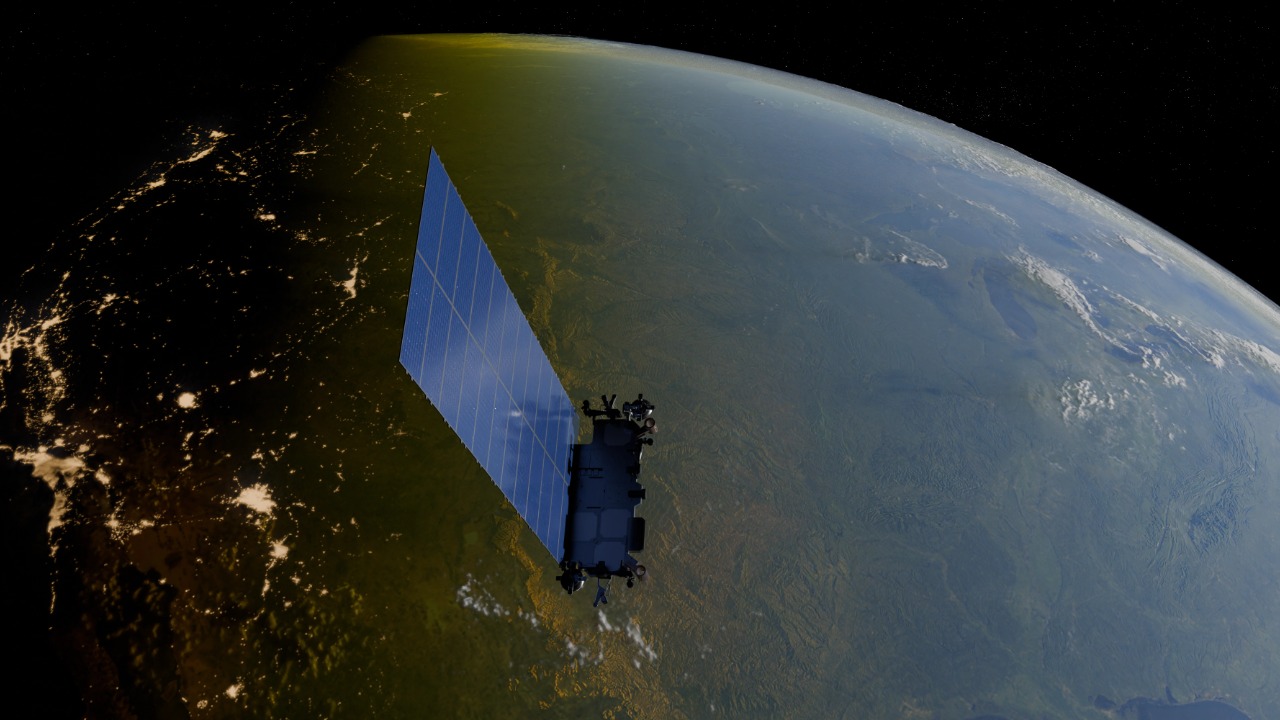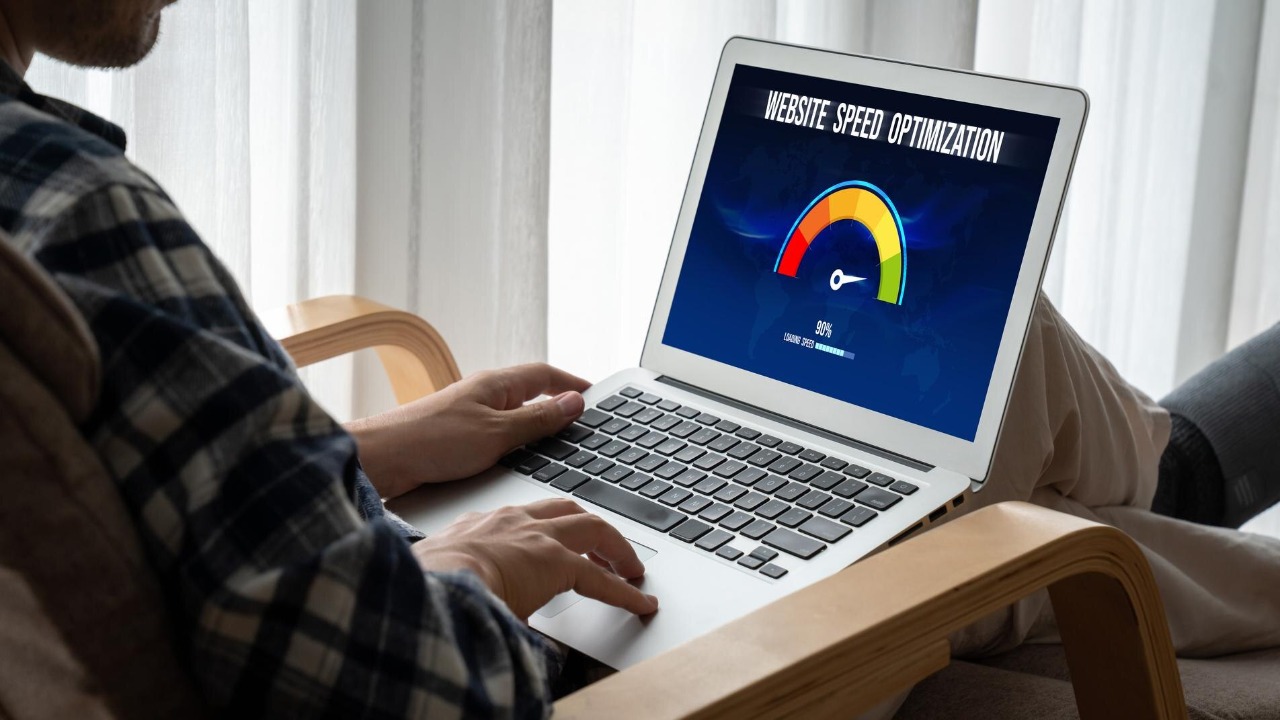
Elon Musk’s Starlink satellite internet service, a project of SpaceX, promised to bridge the digital divide with download speeds of 100-200 Mbps. However, recent user reports suggest that actual speeds often fall short, ranging from 20-150 Mbps depending on location and network congestion. In India, where the service is set to launch soon, the expected cost of around ₹6,500 for hardware and ₹3,500 monthly for 25-220 Mbps speeds raises questions about affordability and reliability in densely populated regions. Despite these concerns, Starlink has shown promise in certain scenarios, outperforming in-flight Wi-Fi with users achieving up to 100 Mbps mid-air on private jets. However, ground-based rural owners frequently experience latency issues impacting streaming and gaming.
Starlink’s Official Speed Promises

Starlink’s official speed promises were marketed towards residential and mobile users in underserved areas, with advertised download speeds of 50-500 Mbps and upload speeds of 10-50 Mbps. The service’s low-Earth orbit satellites were touted as enabling low latency of 20-40 ms, a feature crucial for real-time applications like video calls. This was a key selling point for the service, as it promised to support seamless communication in areas with traditionally poor connectivity (CircleID).
During beta testing in 2021, early users reported average speeds reaching up to 150 Mbps, setting high expectations for the service’s widespread rollout. These figures, however, have not been consistently met in the live environment, leading to a disparity between the advertised and actual performance of the service (BGR).
User-Reported Speeds in Rural Areas

Reports from rural homeowners in the U.S. indicate that they experience consistent download speeds of 50-100 Mbps during off-peak hours. However, these speeds drop to 20-50 Mbps in the evenings due to increased demand. This fluctuation in speed can impact users’ online activities, especially those requiring stable, high-speed connections (BGR).
For instance, Midwest farmers using Starlink for farm monitoring apps have reported achieving speeds of around 80 Mbps. However, they also noted intermittent outages during bad weather, which can disrupt their operations. Similarly, a user in remote Alaska reported peak speeds of 120 Mbps but averages closer to 60 Mbps, indicating the variability in speeds based on factors such as clear sky views (RV Lifestyle).
Performance Challenges and Congestion Issues

Network congestion in areas with a high number of subscribers has led to reduced speeds, sometimes as low as 25 Mbps during peak times. This can significantly affect the quality of streaming services, a popular use case for home internet connections. Additionally, latency can spike up to 100 ms in oversubscribed regions, making online gaming a frustrating experience for users (CircleID).
Weather-related disruptions also pose a challenge for Starlink users. Heavy rain, for instance, can cause speed reductions of up to 50%, according to feedback from owners in forested locations. This vulnerability to weather conditions can limit the reliability of the service, especially in regions prone to adverse weather (RV Lifestyle).
Costs and Pricing Realities for Owners

The standard U.S. residential plan for Starlink is priced at $120 per month for unlimited data, with a one-time hardware fee of $599. Some users find this pricing steep, especially when considering the performance issues and speed fluctuations they experience (CircleID).
For the upcoming launch in India, the projected hardware cost is ₹6,500 with a monthly fee of ₹3,500 for basic plans. This pricing could potentially limit access to the service in lower-income rural households. The RV/mobile plan, priced at $150 monthly, has been criticized for setup portability issues despite offering speeds of 50-150 Mbps on the move (RV Lifestyle).
Starlink in Mobile and Travel Scenarios

RVers using the Starlink RV kit have reported achieving speeds of 70-120 Mbps while driving at highway speeds. This makes the service ideal for remote work scenarios where consistent, high-speed internet is crucial. However, the setup’s portability has been criticized, indicating room for improvement in the service’s mobile offering (RV Lifestyle).
Private jet users have also reported impressive speeds of 50-100 Mbps in-flight, significantly surpassing traditional airline Wi-Fi’s 5-10 Mbps. However, this service is currently limited to specific aircraft, restricting its accessibility (AT&T Yahoo). Boat owners, on the other hand, have reported speeds dropping to 30 Mbps offshore due to satellite handoffs, indicating challenges in maintaining consistent speeds in mobile scenarios (CircleID).
International Expectations and India Launch

Starlink’s service rollout in India is expected to offer speeds of 25-220 Mbps with the aim of connecting 600 million unserved users. However, given the mixed results in the U.S., there are concerns about how the service will perform in India’s varied terrain (Financial Express).
Affordability is another concern. The projected monthly fee of ₹3,500, equivalent to $50, may exclude many potential users, despite discussions of government subsidies. This raises questions about the service’s accessibility and potential impact on bridging the digital divide in India (Financial Express).
Comparisons to Traditional Broadband

When compared to traditional broadband, Starlink’s average speeds of 50-200 Mbps offer a significant improvement over rural DSL’s typical 10-25 Mbps. However, the higher costs associated with Starlink may deter potential users. In-flight Wi-Fi benchmarks show Starlink delivering 2-10 times faster connections at 100 Mbps versus 10 Mbps on commercial flights, highlighting its potential in certain scenarios (AT&T Yahoo).
While Starlink outperforms satellite competitors like Viasat, which offers speeds of 25-100 Mbps, its monthly fee of $120 is higher than cable options in urban areas, which typically charge $50-80 for similar speeds. This price-performance comparison is crucial for potential users when choosing their internet service provider (BGR).